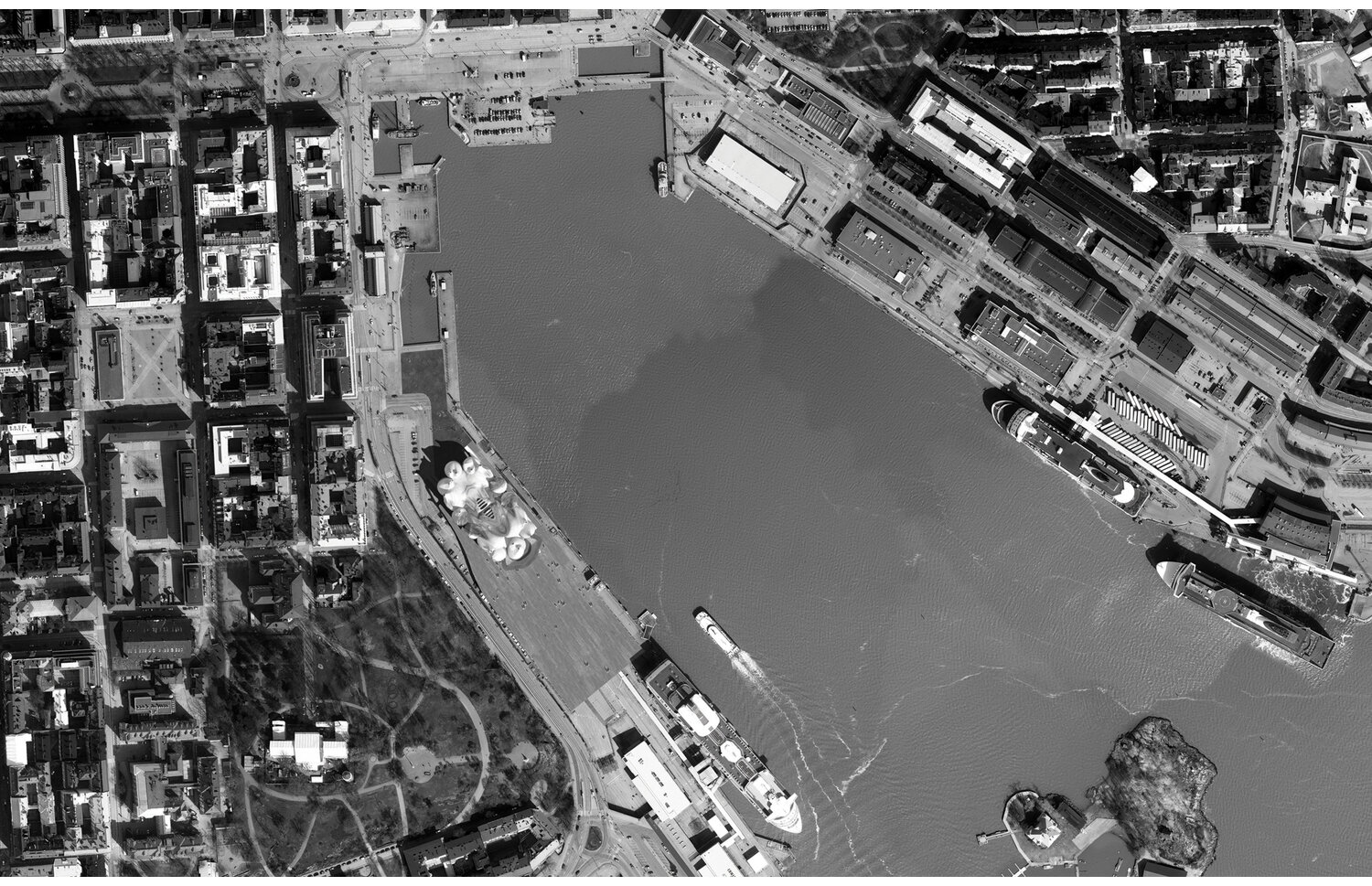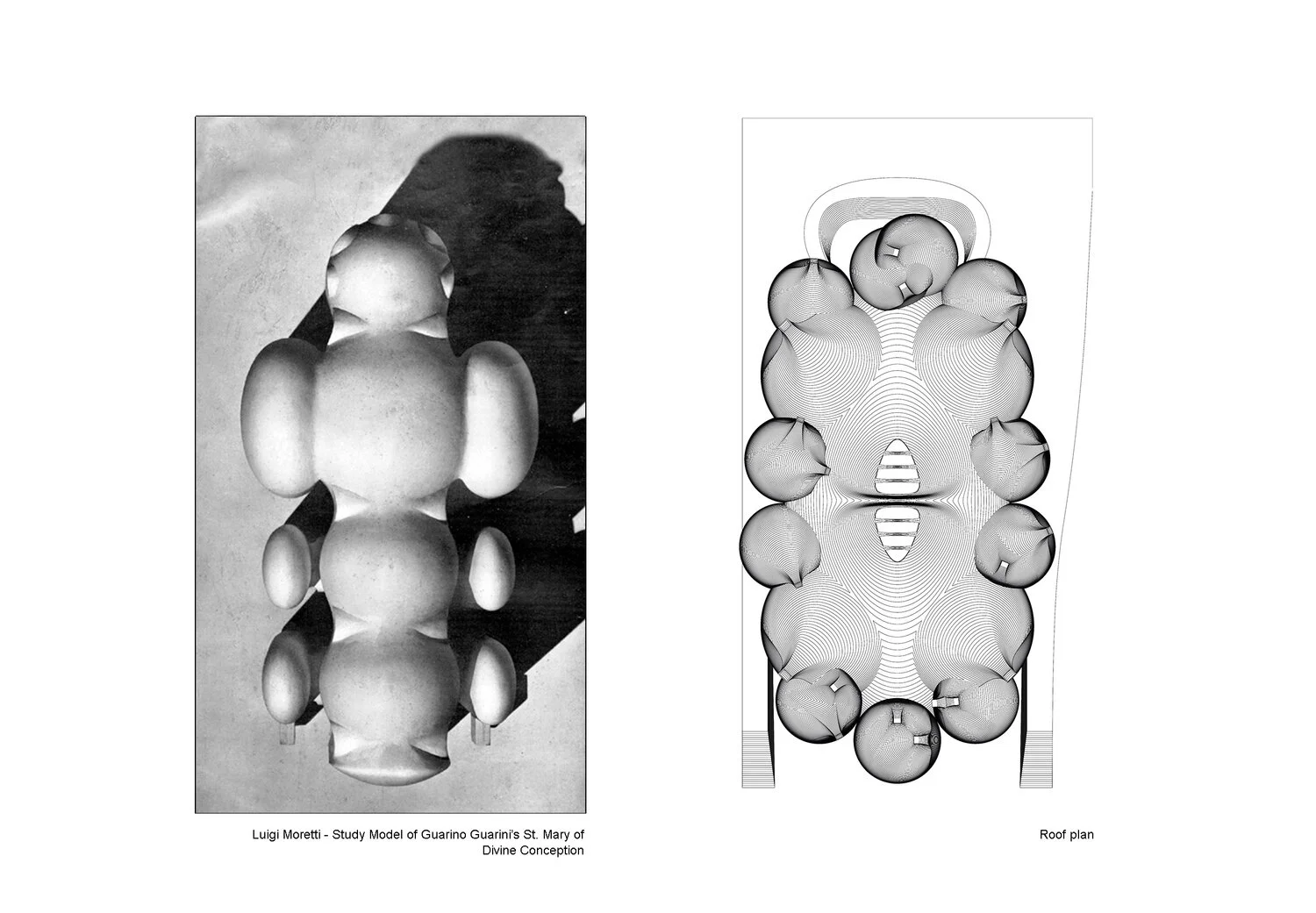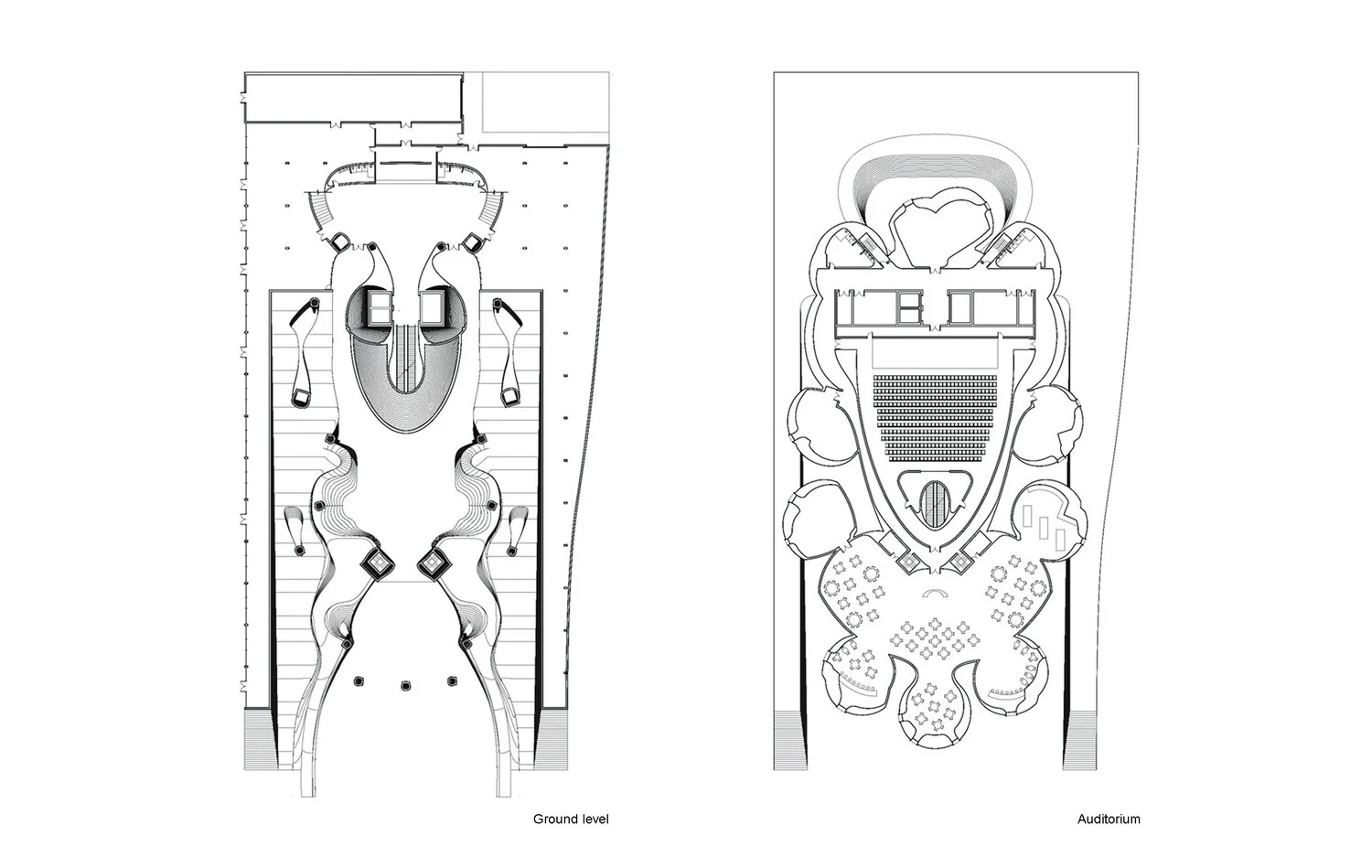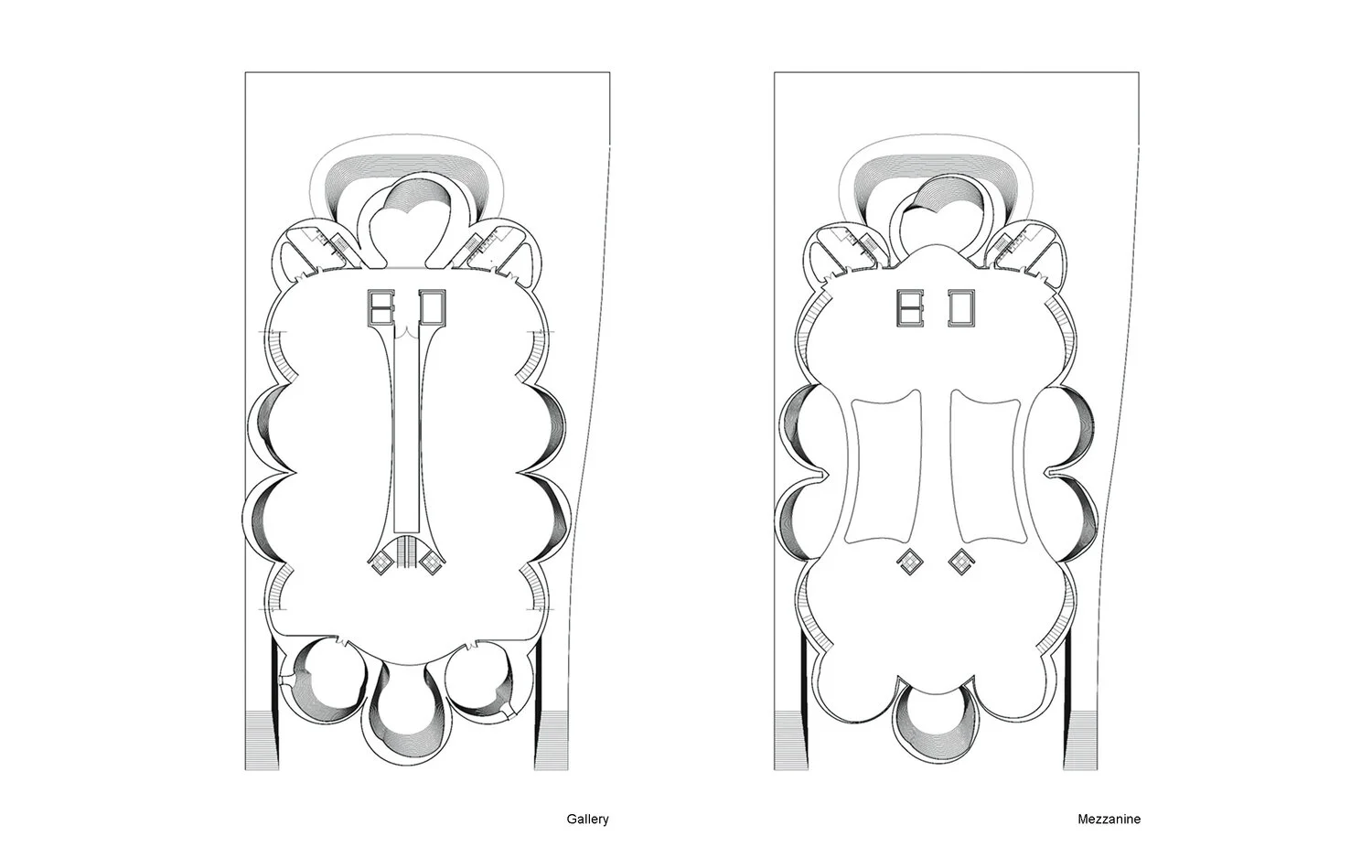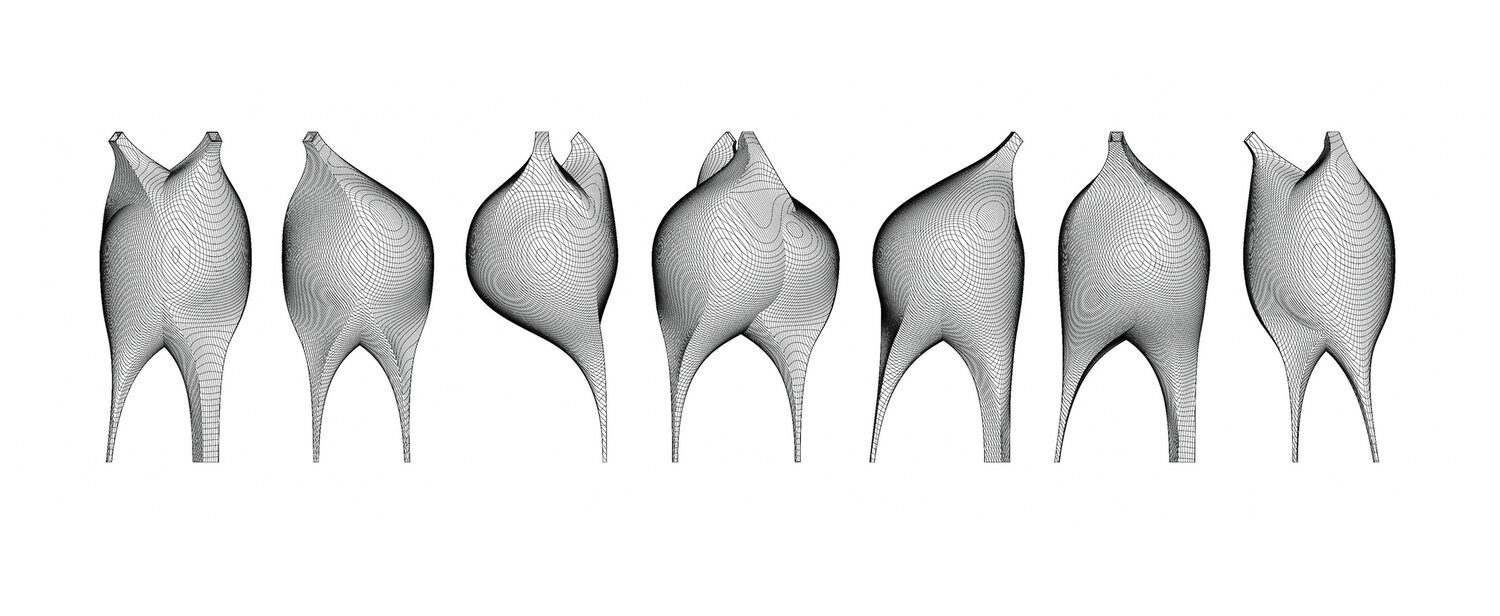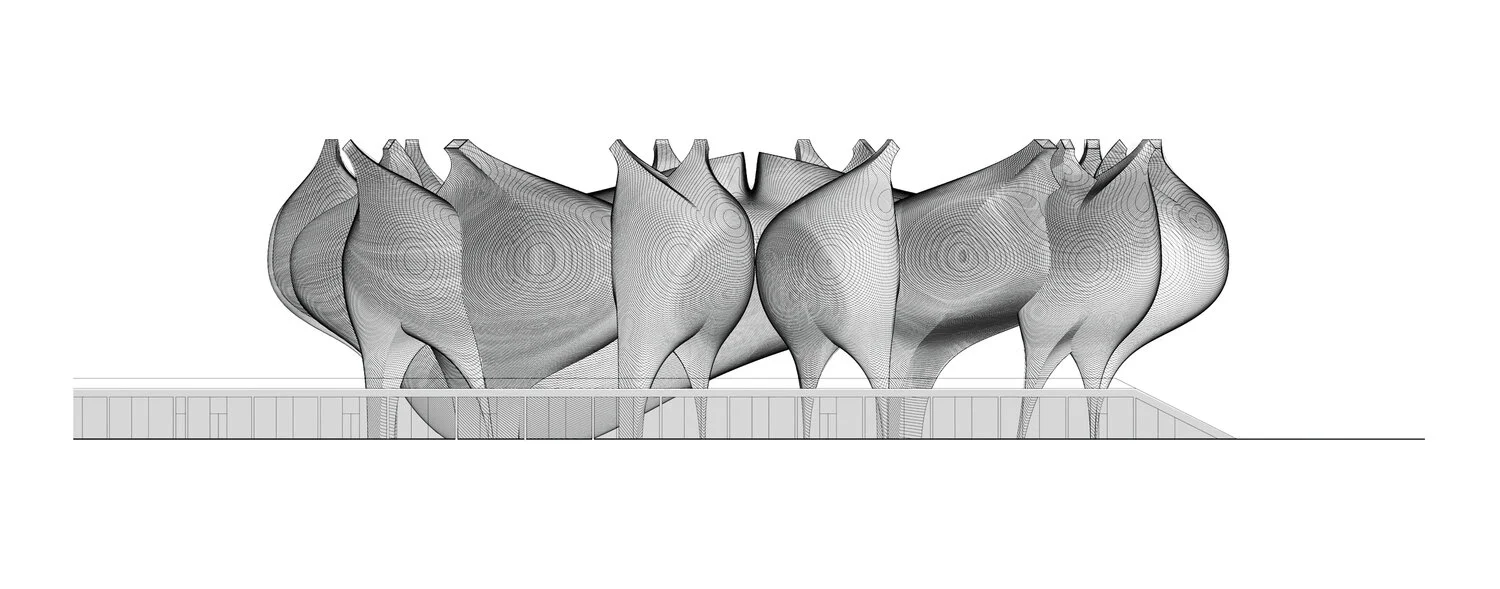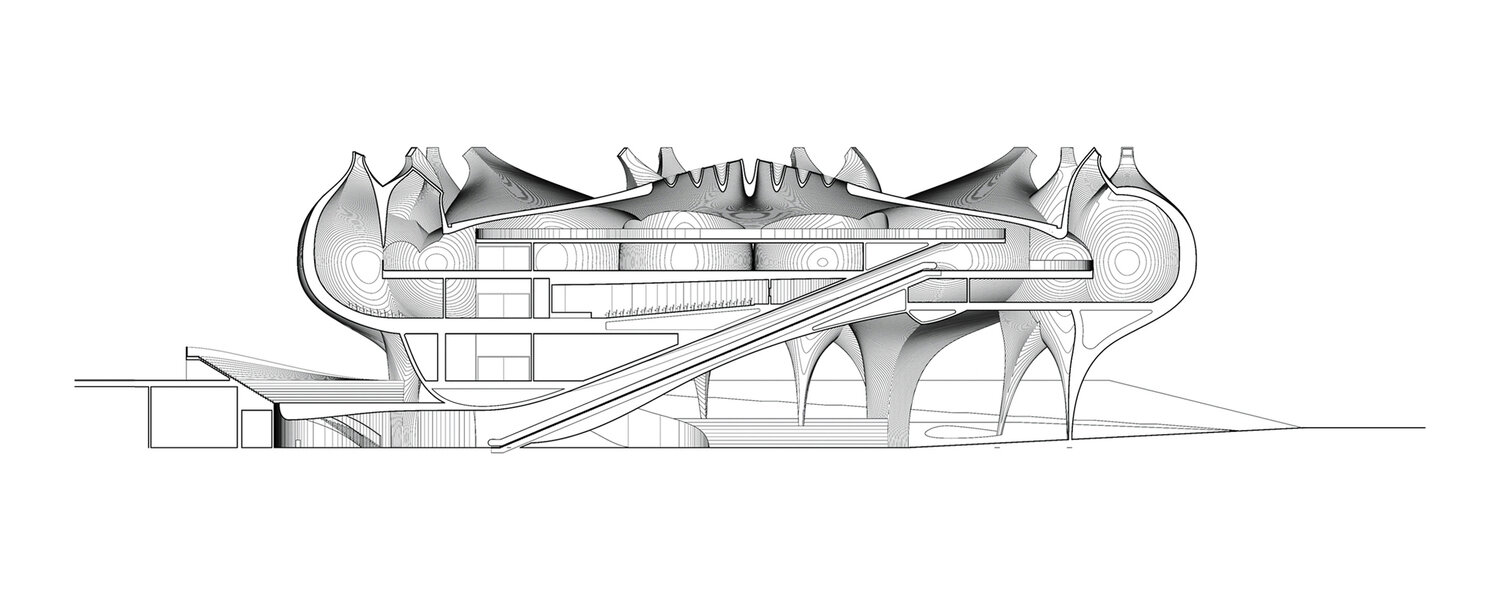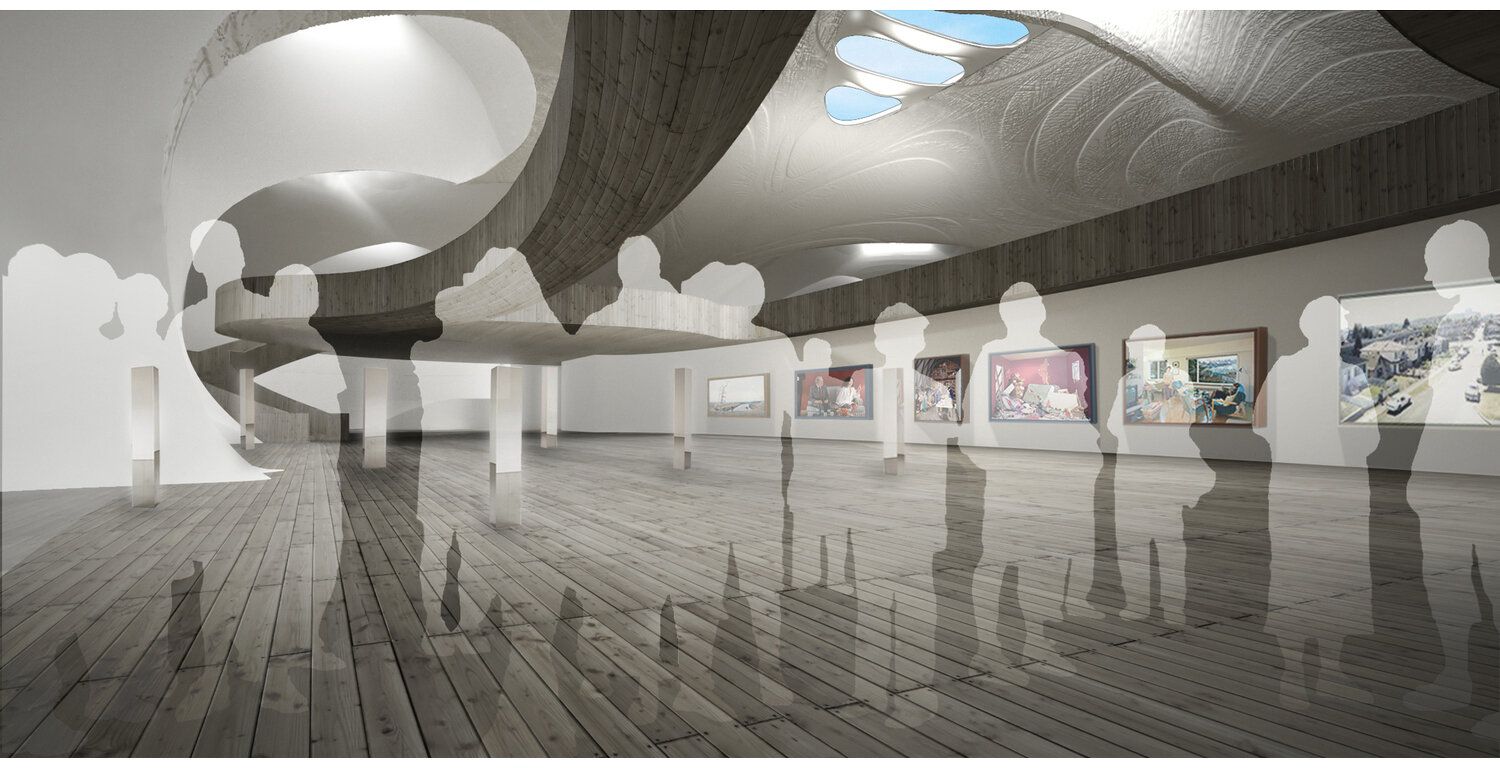GUGGENHEIM
Location: Helsinki, Finland
Type: Museum, Competition
Structure: Concrete Structure, Recycled Wood Cladding
Year: 2014
Team: Steven Kocher, Walid Sehwail, Sina Ozbudun
High Maintenance
Many have fretted about the expansion of the empire of museums across the globe. The architecture of these institutions is intimately entwined with their success as image spectacle. This is also part of a larger enterprise of defining and maintaining cultural values by regulating what work is granted access to the institutional archives. An architectural proposition for a museum that is pure spectacle plays well within these boundaries, but interestingly, an architecture that critiques this system through an “anti-spectacle” can similarly be absorbed as a shed/garage/warehouse for culture. It is within this dilemma that we proposed a museum design as a spectacular collection of rotting objects that require diligent maintenance to perform its perversions, an architecture which attempts an exchange of values through aesthetics.
The exterior mass of our Guggenheim Helsinki proposal is a collection of objects. These objects have a simple plan geometry that transforms from a pure circle to a pure square, but in elevation this is secondary to the figuration that occurs. Pragmatically the downward protrusions are structure, the upward protrusions are light scoops, but the aesthetics of the figures are unstable. These objects are either all heads with horns, or all headless bodies with odd, truncated limbs, or all bodiless butts, butted up against each other, the collected building figuration formed through 14 similar figures huddled together. The structural legs meet the site in a completely symmetrical organization; thus, the moment of the most disparate fragmentation is held together by a collective rational. As the figures rise to congeal into the main gallery floor, each figure begins to wiggle, disturbing the formal purity.
Entry takes place through the legs and under the belly of the collected mass in an open court like a shipyard drydock. A material transformation occurs on the figure’s surfaces as one walks under the building. The concrete structure is clad in rotting wood in various stages of decay collected from across the country of Finland. This deteriorating material is applied in an ornamental pattern creating a tension between the form’s geometry, the sensuous qualities of material, and the patterns of decoration. A museum may collect, preserve, and display art, but our proposal is that the institution is also dedicated to the constant maintenance of decay.
© All content © Young & Ayata

